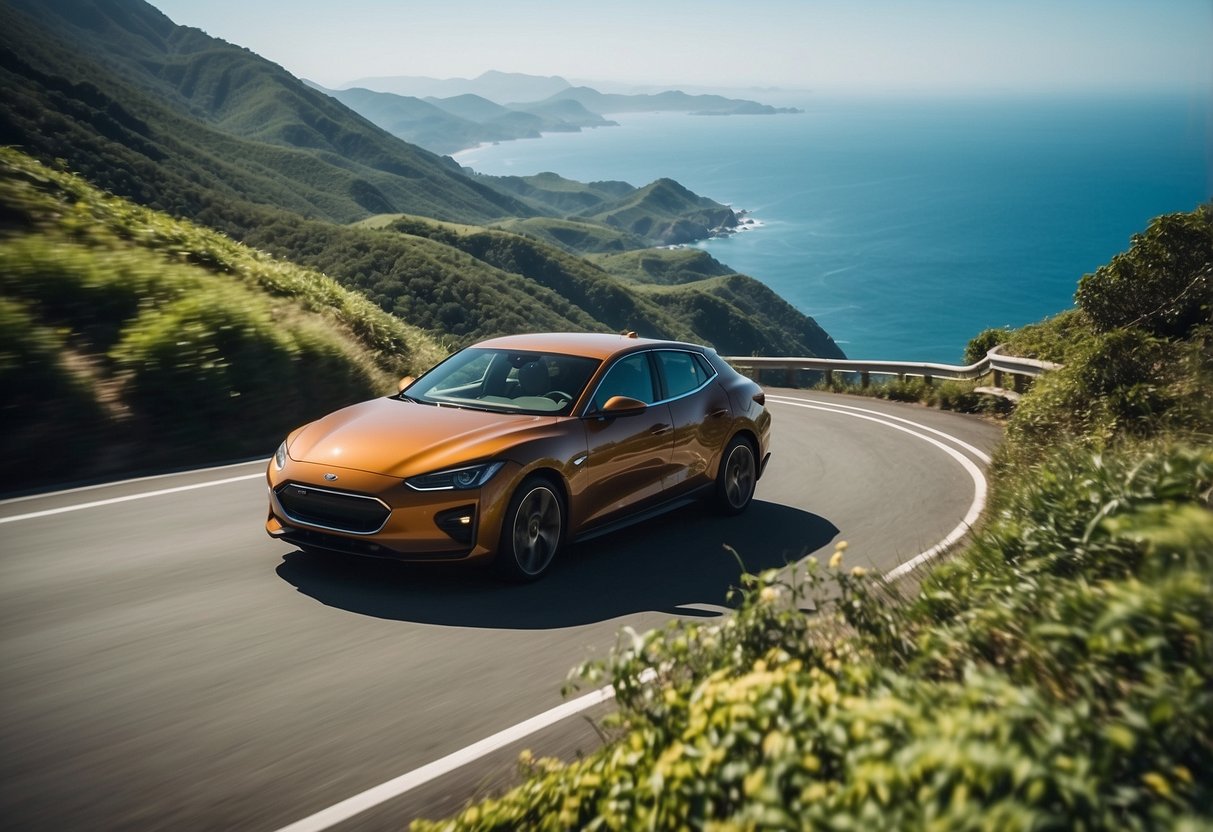Understanding the Different Types of EV Charging Plugs
As electric vehicles (EVs) gain popularity, understanding the various types of EV charging plugs becomes crucial for both EV owners and potential buyers. This guide delves into the different types of EV charging plugs available, highlighting their unique characteristics and compatibility.

Overview of EV Charging Plugs
Electric vehicles require specific plugs for charging, and the types of EV charging plugs can vary significantly across different cars and regions. Understanding these differences helps users ensure they have a compatible charging station and avoid being stranded without a charge.
Types of EV Charging Plugs
1. Type 1 (SAE J1772)
The Type 1 plug, known as SAE J1772, is primarily used in North America and Japan. It is characterized by its 5-pole design, which allows for Level 1 and Level 2 AC charging.
Features of Type 1
- Voltage: Up to 240V
- Current: Up to 80A
- Charging speed: Maximum of 19.2 kW
- Compatibility: Mainly used by brands like Nissan, Chevrolet, and Ford.
2. Type 2 (Mennekes)
Type 2, or Mennekes, is the standard in Europe and is widely recognized for its versatility in charging capabilities. With its 7-pole design, the Type 2 plug facilitates both single-phase and three-phase charging.
Features of Type 2
- Voltage: Up to 400V
- Current: Up to 63A
- Charging speed: Maximum of 43 kW
- Compatibility: Adopted by Tesla, BMW, Volkswagen, and Audi.
3. CCS (Combined Charging System)
The Combined Charging System (CCS) integrates both AC and DC charging capabilities, offering greater flexibility. CCS includes Type 1 and Type 2 variations, effectively making it compatible with both North American and European EVs.
Features of CCS
- Voltage: Up to 800V for increased charging speeds in the future
- Charging speed: Maximum of 350 kW
- Compatibility: Widely used by manufacturers such as Ford, BMW, Volkswagen, and Audi.
4. CHAdeMO
CHAdeMO is another notable DC fast charging standard, primarily used by Japanese automakers. The term is derived from “Charge de Move,” indicating its capability for rapid charging.
Features of CHAdeMO
- Voltage: Up to 500V
- Current: Typically up to 125A
- Charging speed: Maximum of 62.5 kW
- Compatibility: Predominantly used by Nissan, Mitsubishi, and Kia.
5. Tesla Supercharger
Tesla has developed its proprietary Supercharger plug, specifically designed for its EVs. While Tesla vehicles can use Type 2 plugs with the appropriate adapter, their Supercharger stations offer remarkable fast charging capabilities.
Features of Tesla Supercharger
- Voltage: Up to 480V
- Charging speed: Maximum of 250 kW
- Compatibility: Exclusively for Tesla vehicles, although a pilot project allows other EVs to charge at select stations.
International Variations
While North America and Europe have established standards, other regions like Asia and Australia may utilize different plug types. For instance, the GB/T standard in China combines features of both Type 1 and Type 2 plugs, tailored to their EV market.
Conclusion
In summary, understanding the different types of EV charging plugs is essential for EV owners and prospective buyers alike. From Type 1 to CHAdeMO and Tesla's Supercharger, knowing which plug works for your vehicle helps ensure seamless charging experiences. As the EV landscape continues to evolve, standardization may eventually help simplify these choices, but as of now, being informed about plug types will help optimize your electric vehicle experience.
New posts

How Cities Are Adapting to Electric Vehicle Charging: Innovations and Strategies
Sustainability

Emerging Trends in Electric Vehicle Charging Standards: What to Watch for in 2024
Sustainability

The Future is Bright: EV Charging and Home Solar Panel Integration Explained
Home Improvement

Shaping Tomorrow: The Future of Bidirectional Charging for Electric Vehicles
Sustainability

Innovative EV Charging Startups Revolutionizing the Future
Startups

Understanding EV Charging Networks in Europe: A Comparative Analysis
Electric Vehicles

Choosing the Perfect EV Charger for Your Vehicle: A Comprehensive Guide
Home Improvement

The Role of Energy Storage Systems in EV Charging Setups
Sustainability

Essential Steps for EV Home Charging Installation
Home Improvement

Top Solar Panels for EV Charging: The Smart Choice for Eco-Friendly Drivers
Electric Vehicles
Popular posts

How to Reset Your EV Charger: A Comprehensive Guide
Home Improvement

EV Charger Firmware Updates: What You Need to Know
Firmware-Updates

Exploring the Latest EV Charging Station Design Trends
Technology Trends
DIY Guide to Installing a Wallbox: A Step-by-Step Approach
DIY

Future Trends in Public EV Charging: What to Expect in the Coming Years
Sustainability

Understanding the Difference Between AC and DC Chargers: Key Insights
Energy Efficiency

Insights from the Frontline: Interviews with EV Charging Industry Experts
Interviews

The Future of EV Charging Stations and Smart Grid Integration: Transforming Energy Management
Sustainability

Breakthroughs in Wireless EV Charging: The Future of Electric Mobility
Innovation

EV Charging Myths vs Facts: Debunking Common Misconceptions
Sustainability